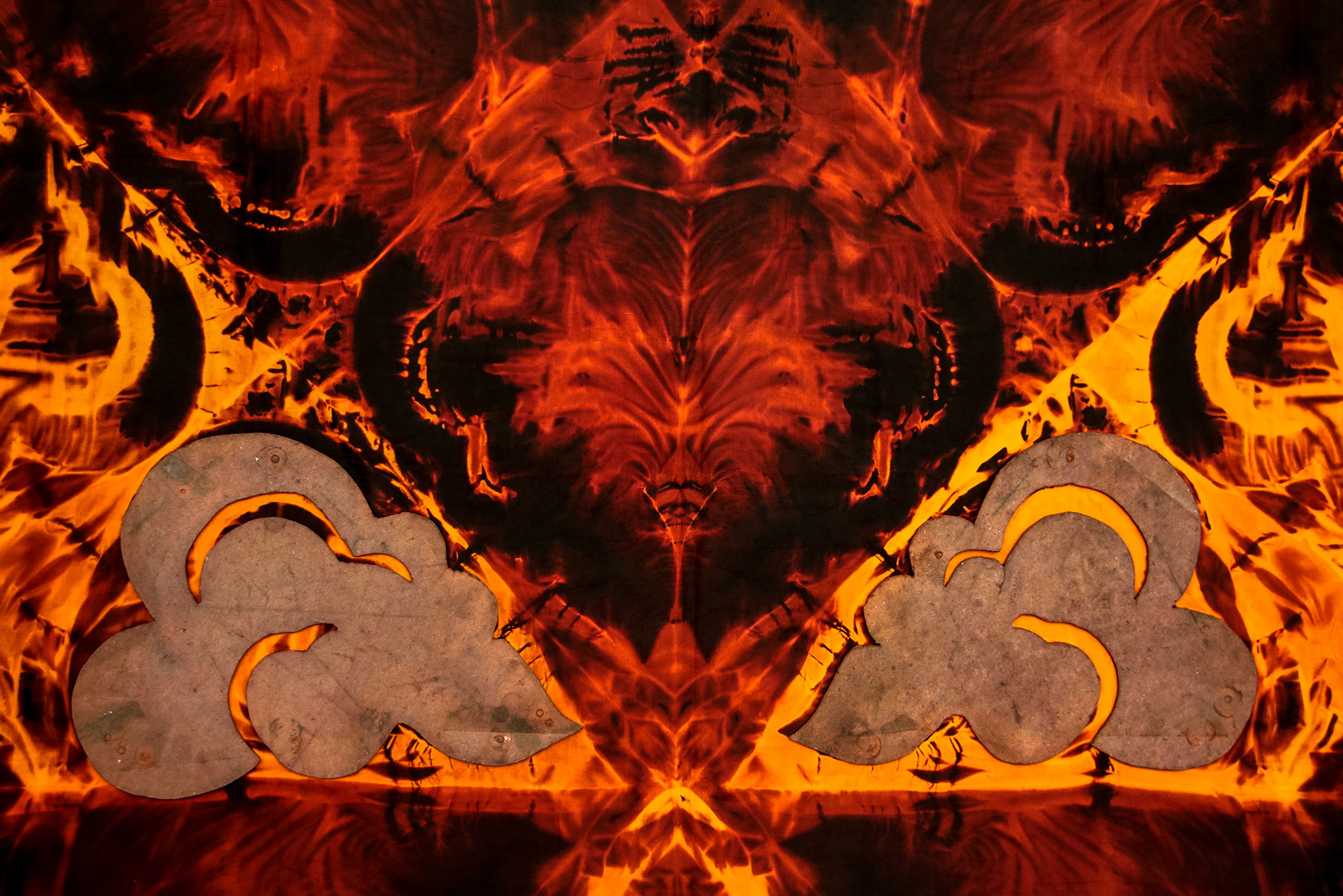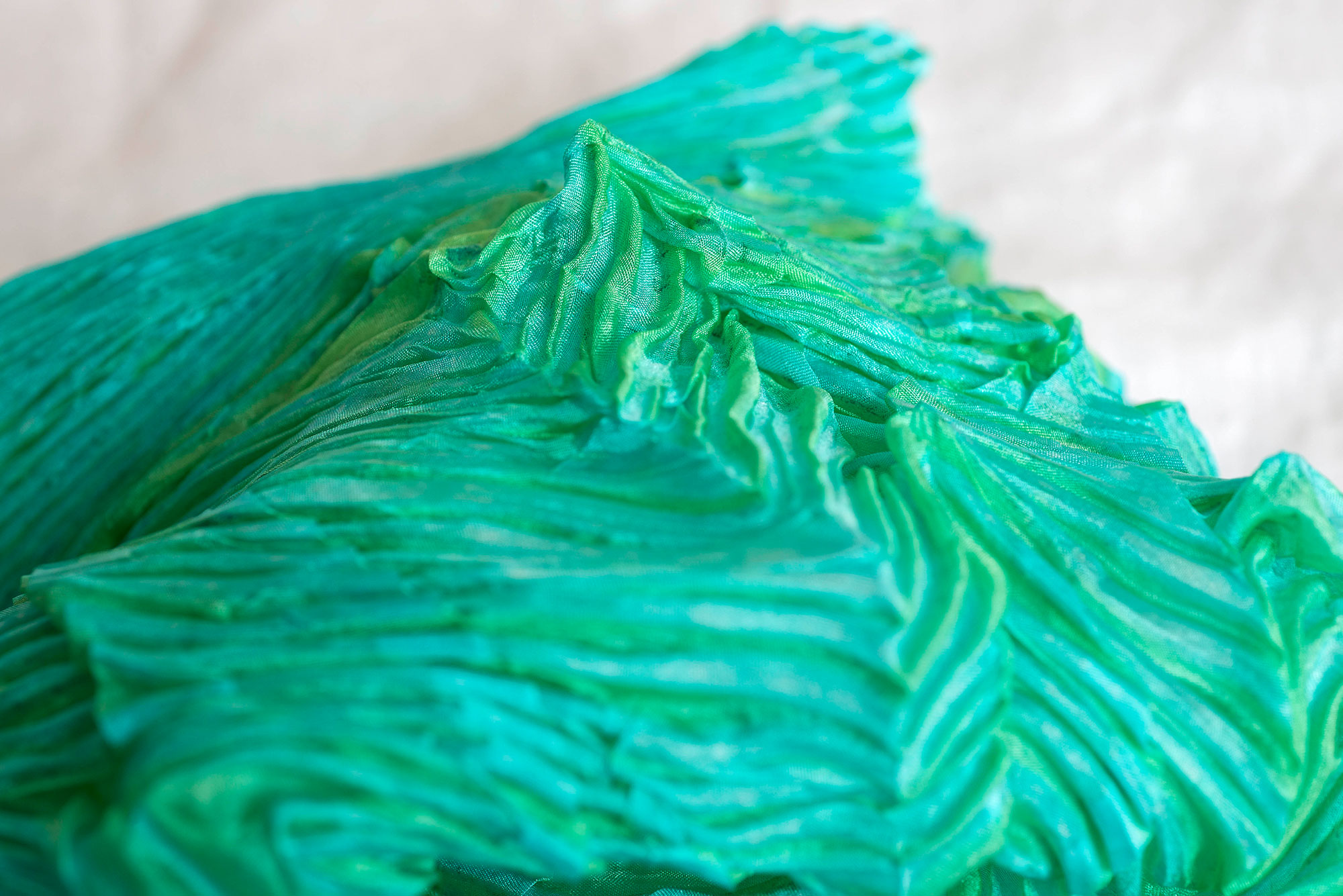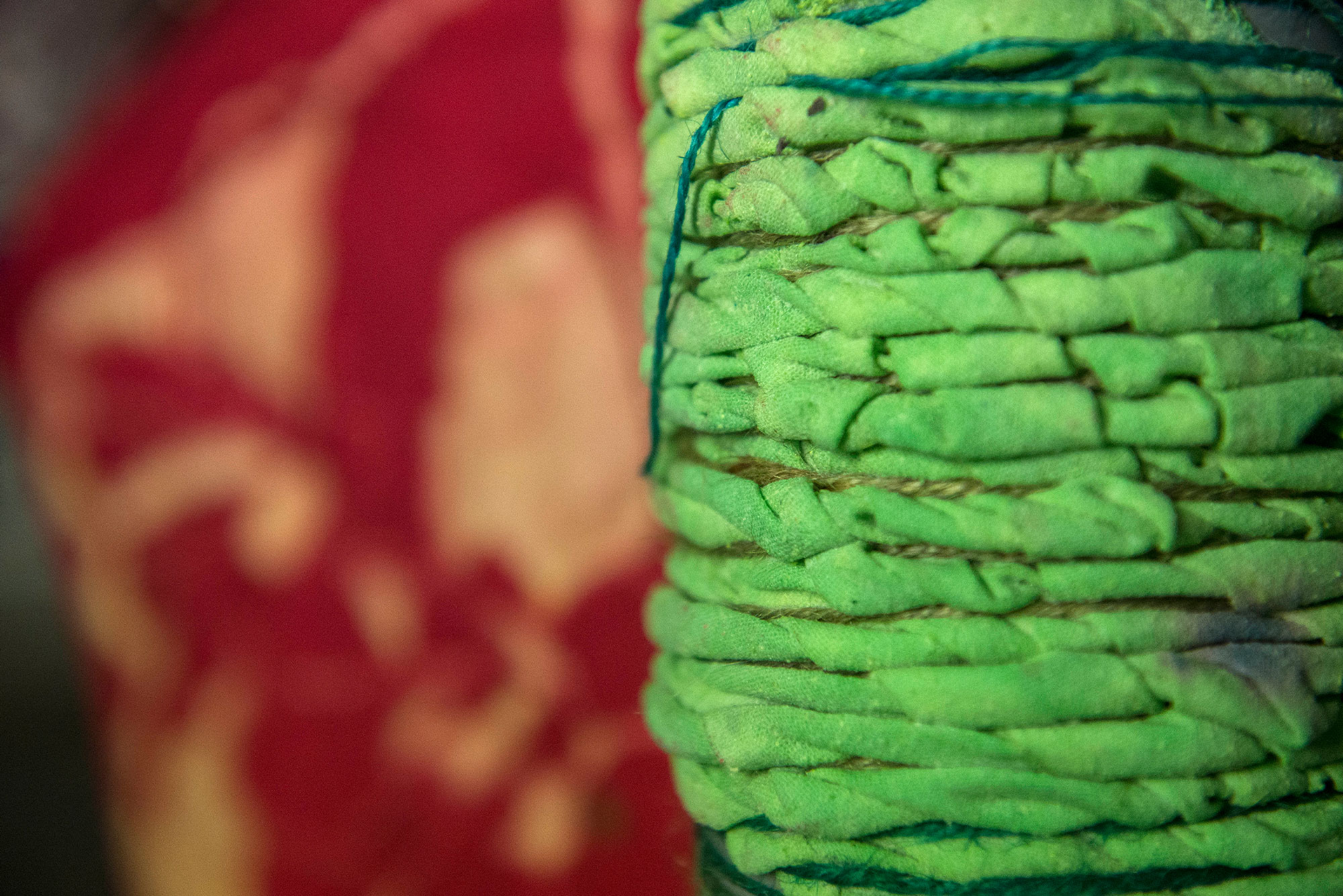Apply now for your place. Our laboratories are specialized and for small groups. Places are limited. You can register now for this laboratory.
Shibori and Dyeing Laboratory
Studying Textile Printing at Laboratorio
The textiles prints workshops are designed for students wishing to focus their professional future in textile print creation.
In these workshops, you will work in a stimulating training environment where creativity, innovation, originality and excellence are encouraged and valued.
Coronavirus updates
If you are thinking of enrolling in undergraduate or graduate courses, please see our guide for students during the Coronavirus epidemic.
Why choose this course at Laboratorio Firenze?
Italy has a long textile tradition, being one of the most important countries in the world in this industry. Wool, silk, cotton or linen have been goods and products processed in Italy and of reference in Europe since medieval times. In the Italian territory the artisans worked the fabrics by hand in small villages, first developing the designs in the looms, and then introducing the printing techniques followed by Europe.
Still today the made in Italy design is a reference of quality and good taste in the world, both for the development of colours and prints. You can visit the most important trade fairs in the sector, which are located in Florence and Milan, which have always been examples of this wonderful tradition.
You will learn the techniques to make your creations with a high professional level.
As well as being the cradle of the Renaissance, Florence has a long tradition and a worldwide reputation in the world of fashion and art, perfectly intertwining tradition, contemporaneity and modernity.
As long as there are places and you have been admitted, you can start at any time. Our lessons are individual and you will be followed by your tutor, in accordance with your level at the start of the course. In these courses, we do not admit more than 12 participants per tutor in each class.
You will have the possibility, in different phases of the course, to work in a company or organization in this field, collaborating with them and developing business projects where you will acquire the necessary experience to realize events focused on the exhibition of your works.
You will learn traditional and modern techniques with particular attention towards the design of artistic textiles creation through different techniques and distinguished masters.
At Laboratorio Firenze, you will share communal spaces with artists from different disciplines with whom you can share ideas and projects.
In this course, you will acquire everything you need to develop a professional career in the world of textile print and the ability to use each of the techniques as you please.
Course
Laboratory Details
Price: Click here
Material included
Tutor: Kathleen Knippel
All our courses are personalized
We will assist you with care and dedication, making sure that all your efforts and doubts are resolved at your own pace, accompanied by your tutors always with the utmost availability and commitment.
A maximum of 12 students per course allows us to follow the technical and artistic evolution of each student.
Courses are held on:
Monday, Tuesday, Wednesday and Thursday
In the morning: from 9,00 to 12,00
In the afternoon: from 13,00 to 16,00 or from 17,00 to 19,00
Laboratory Description
In Japanese, Shibori means squeeze, press, push, tie and it is a very old Japanese technique where you “block” certain areas to prevent them from being dyed. This blocking can be carried out in different ways: by knotting, tying, folding, wrapping, pressing, sewing, by placing shapes on the fabric, with the intention of preserving certain parts of the fabric before submitting it to the dyeing process. Once coloured, these parts remain printed with its characteristic soft patterns and wrinkled texture.
The peculiarity of this technique is its degree of unpredictability, as it can produce unexpected and impressive results. The variables are endless.
In this course, you will learn how to work on your projects, develop your colour palette, work with different natural fibres, linen, silk, cotton and different weights, and you will experiment with different blocking and manual dyeing techniques.
Mokume: the blocked areas are obtained by sewing straight and crooked lines (parallel lines with a wrinkled visual effect produced by the folds of the fabric).
- Maki-Age: sewn, crumpled and pressed with thread, obtaining surprising effects.
- Itajime: this technique is based on the simultaneous use of patterns and folds to limit the passage of colour through knots, ties and various obstacles.
- Bomaki: the blocking is made by pressing the fabric, which is folded into a cardboard tube (it is characterized by the dyeing of the fabric in bands or stripes).
- Arashi: a plastic tube is used and the fabric is sewn, compressed onto the tube and pressed with thread. In Japanese, it means “storm”, because it is as if the fabric has been pierced by lightning.
- Tie-Dye: obtained by bending the fabric in a spiral, wrapping and applying the colour to specific areas (depending on how it is tied, you will get the most varied patterns).
- Ori-Nui: entails sewing a wavy line, tightening and binding (the effects that Nui produces are determined by the type of stitch, the folds and the direction of the stitching, which can be applied in parallel, curved, straight, etc.).
- Kumo: the blocking is achieved by pleating and pressing (producing a spiral, spiderweb effect).
The designs that can be obtained are endless, meaning that every pattern is unique.
These courses are designed to deepen understanding of the printing process, helping students acquire the necessary knowledge of the different threads and natural fabrics, linen, silk, cotton and its different weights, colour and dyeing.
Participants will acquire the necessary knowledge to create prints from the start to possible market expansion, obtaining results that only the manual skill can achieve.
You will develop a workbook during the entire process including your projects, photographic images, drawings and applications that you have made yourself so you can present a professional portfolio.
At the end of the course, you will receive a certificate and diploma that will guarantee your knowledge and level attained.
Subjects & Duration
Intensive Courses
These courses are designed for those who can’t stay in Florence for long periods of time. Their duration ranges from 3 to 6 months and the difference with the short workshops lies in the objectives to be achieved, they are intensive as a greater number of hours is fit into a shorter length of time and it is possible to access multiple levels. If you are a beginner, you can access levels one, two or three. If you already know the techniques, you can learn about the different ways of applying them and you can reach an average professional level. In addition, if you wish to continue with levels 3, 4, 5, you can sign up for the following courses, concentrating the courses into a shorter timeframe.
Prices & Dates
Request more info
Fill out this quick form to get detailed Laboratory program!



